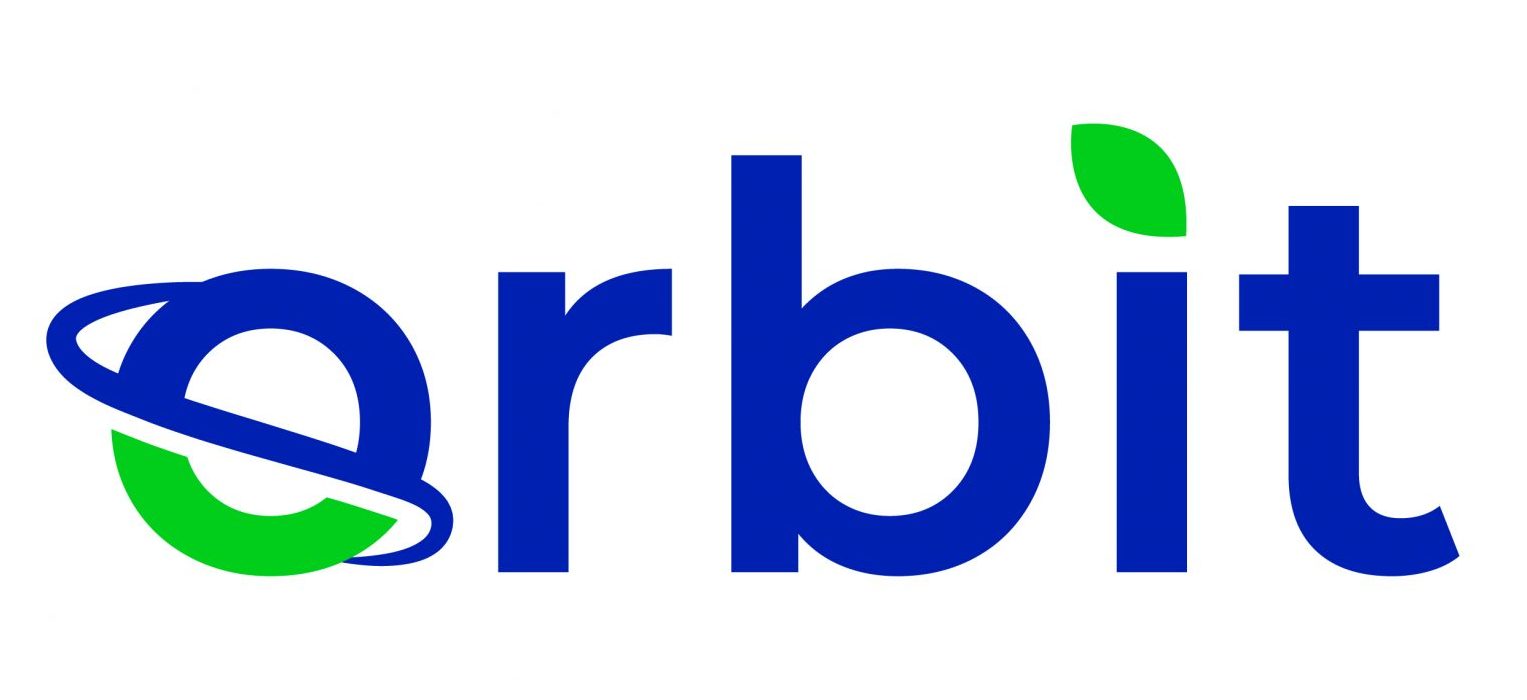Authors: Vahid Mehrnoush (Department of Urology Thunder Bay Regional Health Science Centre, Thunder Bay, Ontario, Canada), Nilanga Aki Bandara (School of Kinesiology, University of British Columbia, Vancouver, Canada), Shahrzad Keramati Moezabad (Canadian Neurological Centre, Mississauga), Benyamin Hakak-Zargar (Faculty of Health Sciences, Simon Fraser University, Burnaby, Canada), Negar Golestan (Department of Biology, Concordia University, Montreal, Canada), Anmol Sangha (Department of Emergency Medicine, University of British Columbia, Vancouver, Canada), Shivani Maneshia Ratnayake (Faculty of Arts & Social Sciences, Simon Fraser University, Burnaby, Canada) & Aida Rahavi (Faculty of Medicine, University of British Columbia, Vancouver, Canada)
Health misinformation amidst COVID-19
The COVID-19 pandemic has devastated health systems globally. In addition, misinformation regarding well-known issues has circulated during the pandemic 1,2. Various groups have challenged public health communication by suggesting behaviours detrimental to the health of society, such as not wearing a mask or smoking e-cigarettes as protection from COVID-19 1,2. Social media is a space where misinformation can spread due to a large audience size coupled with a lack of content verification 1,2. Moreover, our society’s young people access a lot of information through social media2. Thus, it is important for individual healthcare professionals and public health agencies to identify and address harmful misinformation. We hope this article will be able to help improve health communication to address misinformation in both current and future public health crises.
Addressing misinformation at the level of individual healthcare professionals
Misinformation pertaining to COVID-19 should be identified and effectively addressed with patients, utilizing unbiased communication and not immediately dismissing patients’ beliefs. This approach will reduce resistance and will diminish repercussions faced by patients. Misinformation can lead to non-adherence by patients3. Patients’ non-compliance damages their health and the patient-clinician relationship; such negative influences can be altered through implementing effective communication 3,4. For instance, by empathetically communicating with a patient and discussing why the patient believes the misinformation is true, followed by compassionately correcting the patient’s misbelief and engaging the patient in shared decision making processes, a trustful relationship can be established. Moreover, this can help decrease future misconceptions and health risks 4.
Addressing misinformation at the level of public health
Several diverse community leaders have been using social media platforms, especially Facebook and Twitter, as a means of providing culturally appropriate risk communications and applicable community-focused information 5. They have used culturally relevant symbols such as canoe paddles and eagles to deliver messages about physical distancing, handwashing, and travelling 5. Another study indicates that vulnerable older adults have trouble assessing the reliability of online content, because of limited digital competencies 6. Subsequently, these groups rely heavily on family and community members for information. Communications should be tailored to meet the specific requirements of the different target groups, especially in terms of the means, frequency, and language. In the interim, the introduction of educational programs would allow vulnerable groups to learn the necessary skills to navigate digital landscapes.
Increased healthcare costs and negative patient outcomes could result without effective communication, especially during the pandemic. Not having enough information about COVID-19, and how it spreads quickly is an obvious challenge for health communicators trying to deliver the correct and most appropriate information. Therefore, effective and efficient communication, though demanding in such conditions, is useful as it not only helps patients cope but also supports the healing process. Healthcare costs and negative patient outcomes would likely increase without effective communication, particularly during the pandemic. Clear and concise information is required to emphasize the importance of non-pharmacological prevention methods, such as handwashing 7.
So What?
Effective and efficient health communication during the pandemic has been an issue worldwide, as governments and healthcare providers have proven they are unable to effectively communicate evidence-based information and guidelines when competing with a myriad of misinformation and backlash. During a pandemic, it is crucial to state openly and honestly what is known and what is unknown and the limitations of our knowledge should be transparent 8.
Finally, we propose a multi-faceted approach to communications using official social media channels, healthcare providers in hospitals, clinics and care homes, and continued use of the already present TV broadcasts. This allows specific targeting of the two key demographics in terms of spread and risk: youth and other vulnerable populations. Communication should provide a two-way dialogue stream in all the platforms, with appropriately knowledgeable officials providing answers to questions and offering clarification when necessary, to ensure clarity and indication of concern for the people receiving care. Ultimately, healthcare professionals and public health agencies play an important role in addressing misinformation.
References
1 J. Galvão, COVID-19: the deadly threat of misinformation, Lancet Infect. Dis. (2020)





